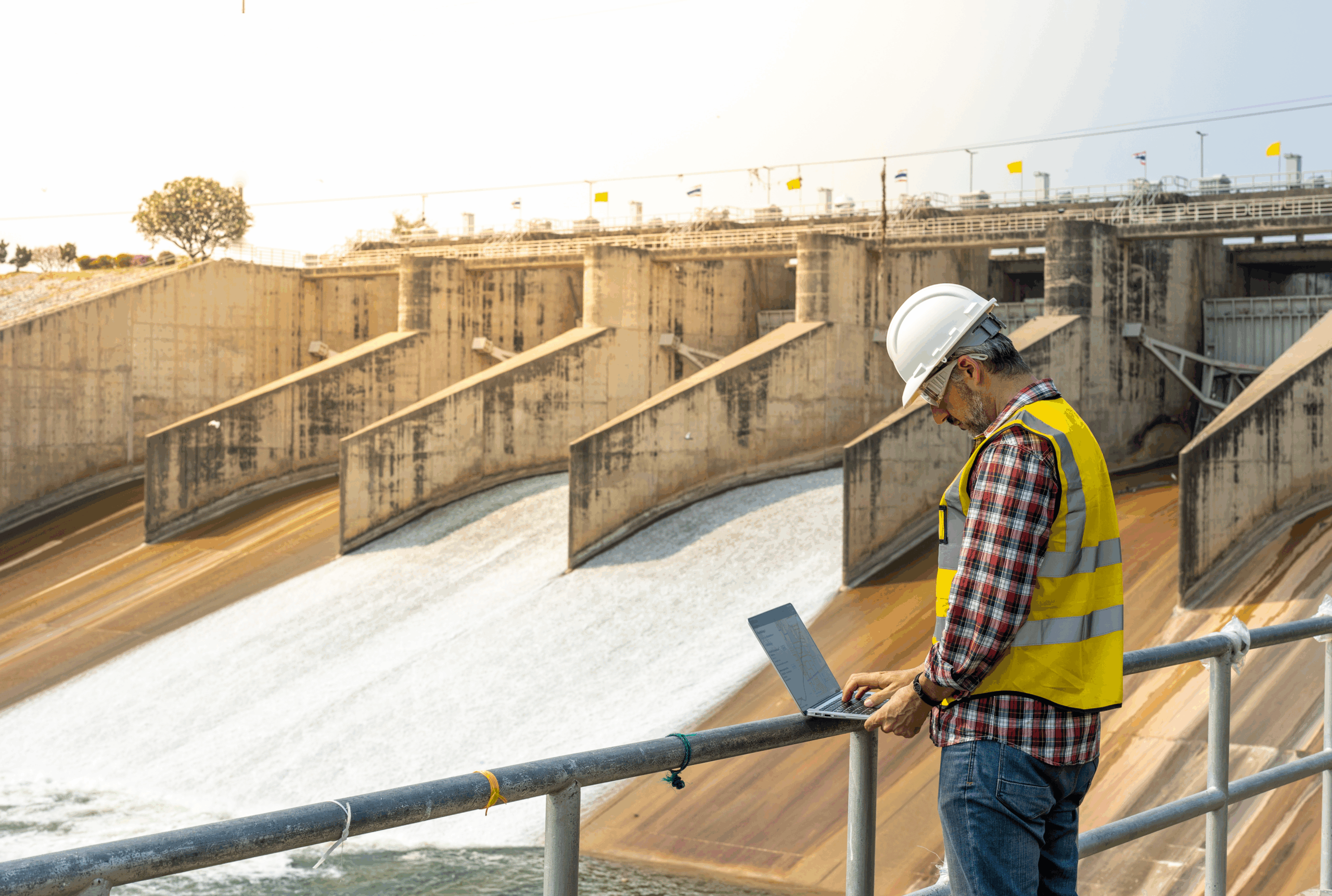The environment that utilities operate in is more complex and volatile than ever, with significant forces impacting the ability to plan effectively and meet every stakeholder’s needs. James Street, CEO of Epoch Solutions Group, reviews the five trends he believes will have a major influence on utilities in the coming year.
1. Climate risks and electrification are stressing the grid.
More frequent and severe storms have become the norm and are expected to continue for the foreseeable future. While hurricanes have always been a concern, convective storms, extreme heat, and wildfires are also on the rise, placing more pressure on the grid.
For example, a McKinsey report forecasts that by 2030, Minnesota will see a 75 percent rise in extreme heat days and Colorado will see a 29 percent increase in severe thunderstorm frequency. Almost 90 percent of the western US could experience as many as 30 high Fire Weather Index days annually. And persistent droughts are making it tougher for thermal and hydroelectric utilities to ensure reliable power. With much of the industry’s infrastructure assets well beyond their intended lifespan, extreme weather also becomes more difficult to respond to, resulting in more temperature-induced power line losses and longer power interruptions.
The electrification trend and rising data center power use are likewise stressing the grid in ways we couldn’t foresee just a decade ago. As consumers and businesses adopt electric vehicles and favor electric heat pumps, electricity demand is escalating. And as AI, blockchain, and cloud computing become more prevalent, they’re driving up data center power consumption.
With seasonal load profiles changing and electricity demand rising, utilities face greater pressure to ensure grid reliability and performance. In this disruptive environment, field asset management and vegetation management become more difficult yet more critical, demanding digitized, flexible platforms that enable utility staff to complete these tasks efficiently and accurately.
2. Grid planning is becoming more complex.
A dynamic and volatile environment will continue to complicate holistic grid planning that’s designed to manage growth, improve reliability, and enhance resilience. For example, dispersed and aging infrastructures, outdated technology, changing regulations, and evolving risks all make it more difficult to plan and manage field assets effectively. That includes assessing and monitoring asset health and risk, managing vegetation risk, and deploying field resources optimally, both for proactive, scheduled work and emergency situations.
The increase in bidirectionality is only adding to grid planning complexity. Millions of devices at the edge—including solar panels, electric vehicles, and smart thermostats—are now participating in power generation and impacting grid behavior. This trend will make it more vital, though more complicated, to model and manage utility assets in the context of rising risks, changing customer behaviors, and aging assets. Enhanced modeling and asset management solutions will prove increasingly critical, especially to help field crews work optimally during regular operations and mutual assistance scenarios. With access to real-time information about live and offline assets, utilities can improve asset management planning by empowering field crews with accurate data and enhanced situational awareness.
3. New government policies are posing new requirements for utilities.
While government policy always has the potential to impact utility operations, two of the latest rules from the Federal Energy Regulatory Commission (FERC) will likely require utilities to meet new requirements for ensuring gird reliability. One such rule directs the North American Electric Reliability Corporation (NERC) to develop a standard around transmission system planning for extreme heat and cold weather conditions. Another requires power transmission providers to report on their policies and processes for conducting extreme weather vulnerability assessments and identifying strategies to mitigate these risks.
In addition, several energy policies aim to advance smart grid technology that has the potential to help electricity distributors reduce costs, improve reliability, and meet the challenge of balancing supply and demand. Though there are significant benefits to be realized, developing and implementing smart grid technology will require major capital investments. Many utilities are already moving ahead with smart grid systems that employ two-way communication and intelligent devices, aided by various US Department of Energy grant programs.
Contact an Epoch Sales Consultant today ⟶
4. Government investment is facilitating the clean energy transition, but risks and challenges will remain.
Renewable energy adoption is increasing rapidly, now accounting for about one-fifth of US total power. With world leaders agreeing to new climate goals at the recent COP28 summit, that figure is set to rise significantly.
Governments worldwide are providing financial incentives to ease the energy transition for power companies, with the US alone committing billions through the Inflation Reduction Act (IRA) and the Infrastructure Investment and Jobs Act (IIJA). The IRA extends and modifies key tax credits for renewable energy investment and production, funds the acceleration of new energy infrastructure siting, and incentivizes carbon capture, while the IIJA is funding infrastructure modernizations that support clean energy expansion and improve resilience.
Despite such financial assistance, along with the opportunity that the clean energy transition offers come a host of challenges for utilities. Renewable energy sources can be intermittent, yet consumers and businesses demand stable, reliable power. New energy sources take time to scale, but power demand is rising dramatically. The ability to plan effectively during this critical transition will require enhanced systems and better access to data that can help utilities make informed decisions about deploying and optimizing assets amidst change and unpredictability.
5. The digital technology transformation is helping utilities tackle emerging challenges.
Many utilities are finding that the transformation to digital technologies can help them meet new challenges, address emerging requirements, and adapt to continued change. In particular, they’re shifting away from legacy systems to more flexible and integrated platforms that support new ways of working.
The move to cloud-based solutions, GIS-based applications, and digitized field service workflows, along with the integration of disparate systems and data sources, is helping leading utilities leverage data and technology to transform their operations and meet new challenges head-on. In modernizing their technology infrastructure and applications, utilities are prioritizing use cases that demonstrate the greatest tangible value.
For example, a geospatial software platform that syncs asset data in real-time across disparate systems, applications, and devices can yield high ROI by giving operations and field teams the visibility and situational awareness to work more efficiently and safely. These digitized platforms also provide access to the data needed to prevent the disastrous consequences of unmanaged vegetation impacting power lines brought down by extreme weather, as well as inspect and manage joint use assets like poles, wires, and circuits to reduce costs and avoid redundancies.
Why Utilities Are Partnering with Epoch Solutions Group
Leading utilities recognize the value of partnering with a solutions provider that can help them meet new requirements and challenges at a time of great change and uncertainty. For many utilities, that partner is Epoch Solutions Group.
Our EpochField solution leverages geospatial technology to help utilities improve field asset management, reduce costs, and minimize breakdowns and outages. This geospatial workforce management platform is empowering utilities across the US to meet reliability requirements, enhance safety, ensure power availability, and maintain compliance in a volatile environment.
Schedule an EpochField demo to see how this solution can help you meet emerging challenges.





